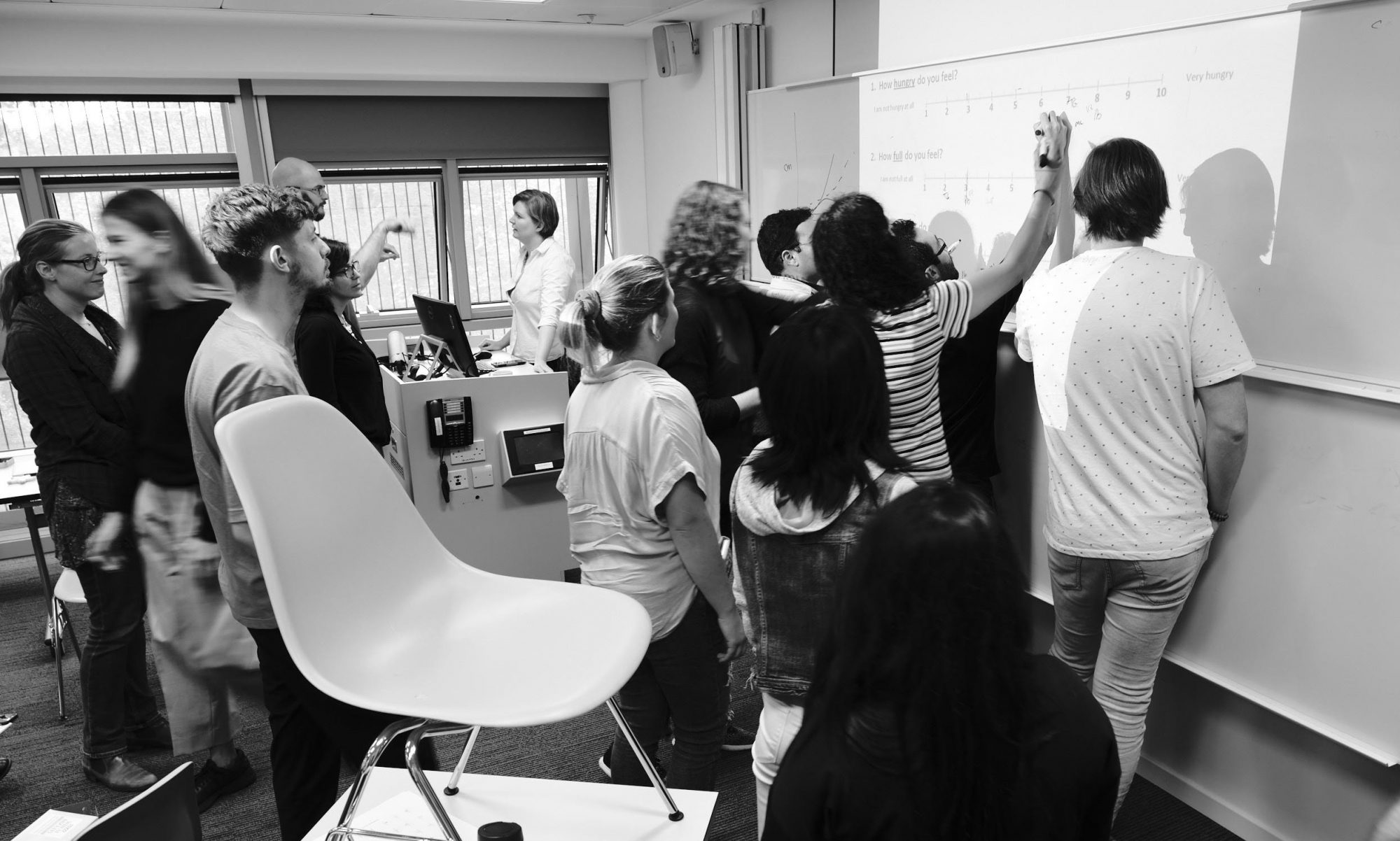Welcome to week 3 preparation!!
A push a pull a hinge and a squat. This week, with TWO BLOCKS we get to do one of each.
BILATERAL FOCUS – exploring togetherness
For Week 3 , we’re focusing on “bilateral” versions for each of the moves for each block. That means both main working limbs are equally engaged – and at the same time. So a push up with both hands in same positions relative to body side; squats with both feet on the floor – these are bilateral. I’ll explain why this focus at the end of this post

First, let me give you the types of moves to choose from, and then offer some suggested combinations, ok? Questions, please ask in the Strength Questions channel in TEAMs.
Some BILATERAL moves
Each of these moves are illustrated in the xb-strength-moves page
pulls All the table pulls, the door pulls, the towel pulls, the sheet pulls, the negative pull up, the pull up itself using feet on the floor to assist.
pushes the two handed pushes – so all the variants of the push up we have with both hands evenly placed.
squats All the squat variants – including holding the edge of a table or a door to get up or down
hinges The glute raises, table position, full bridge – each of these have both feet on the ground and push up the hips, and work the back of the legs – the back – all the “pull” muscles.
Suggested Combinations for blocks

PRINCIPLES: With the PUSH PULL HINGE SQUAT – we can divide the moves in two ways: PUSH / PULL and UPPER/LOWER – Everything we’ve been calling push pull on the moves page happens to be upper body work; everything labelled squat/hinge is lower body work – this is just The Way these things get discussed.
The idea of a block is to put together two moves complement the muscles working in that block. We have TWO blocks this week, that’s a possible four moves. What are useful combinations?
We can do one block that does lower body push/pull and another that does upper body push and pull. For example: a squat variant and a bridge variant. That can be a bit intense – check it out – see how that combination works before committing.
We can also complement and upper and a lower against two blocks – you can do an upper and a lower PUSH in one block – like a squat and a push up variant in Block 1, and a PULL upper and lower in the second – a door pull and a bridge raise and lower in the second.

We can cross combine a lower/upper push with a lower/upper pull – something you may have done in your first block. So Block 1 might be an upper Push and a lower Pull and block 2 might be a lower push and an upper Pull. Or vice versa –
The key thing here is within two blocks you’re complementing your upper and lower push pulls.


Why Bilateral right now
The ideas we’re exploring are: how do you build up a strength experience – knowledge, skills, practice – to really FEEL the experience of a strength practice – that a push FEELS like this; a PULL like that. When i work legs i feel like this the next day but rarely that the next day with upper body pulls. I feel sharper when i get at least X blocks of strength in, in a day. i FEEL like i could do more practice on the weekends or i feel the weekend off really helps me feel perkier on mondays.

BILATERAL MOVES let you focus on STRENGTH by lessening the balance and coordination challenges of strength that come when doing one side only (sometimes called unilateral, isolateral or ipsilateral depending on the way the movement is put together).
A TEST to EXPLORE all on THE FLOOR work
For example – have a chair close by for this – and simply stand up, both feet on the floor. Now close your eyes – and just notice how stable you feel with your eyes closed. Try to stand there for 20 seconds.
Perhaps you feel a wee bit less than when they’re open, but maybe not much. NOW, with your eyes open lift one leg and hold that for 20 seconds. How is your stability? put it down. FEEL that. Note that. A little less stable? Last, close your eyes and lift the OTHER leg – see how you feel? Perhaps the least stable?
This is your body finding the extra sensory input to compensate for not having vision to help you balance. This demonstration models what happens when you do a single leg movement – you are not only exploring strength but also balance – so you can’t initially lift as much as you could being more stable.

We’ll get to isolateral/unilateral work a little later – and i’m sorry with not making that idea of progression at the beginning when exploring all the moves – thank you for your help to refine this process.
hope you have a great long weekend – and are able to relax, restore and have a fun double block on monday!
